Hierapolis
City of Healing Waters and Ancient Splendor
Situated above the thermal springs of Pamukkale, Hierapolis was famous for its healing spas. It served as a religious and healing center in antiquity, with its grand necropolis, theater, and the well-preserved remains of Roman baths.
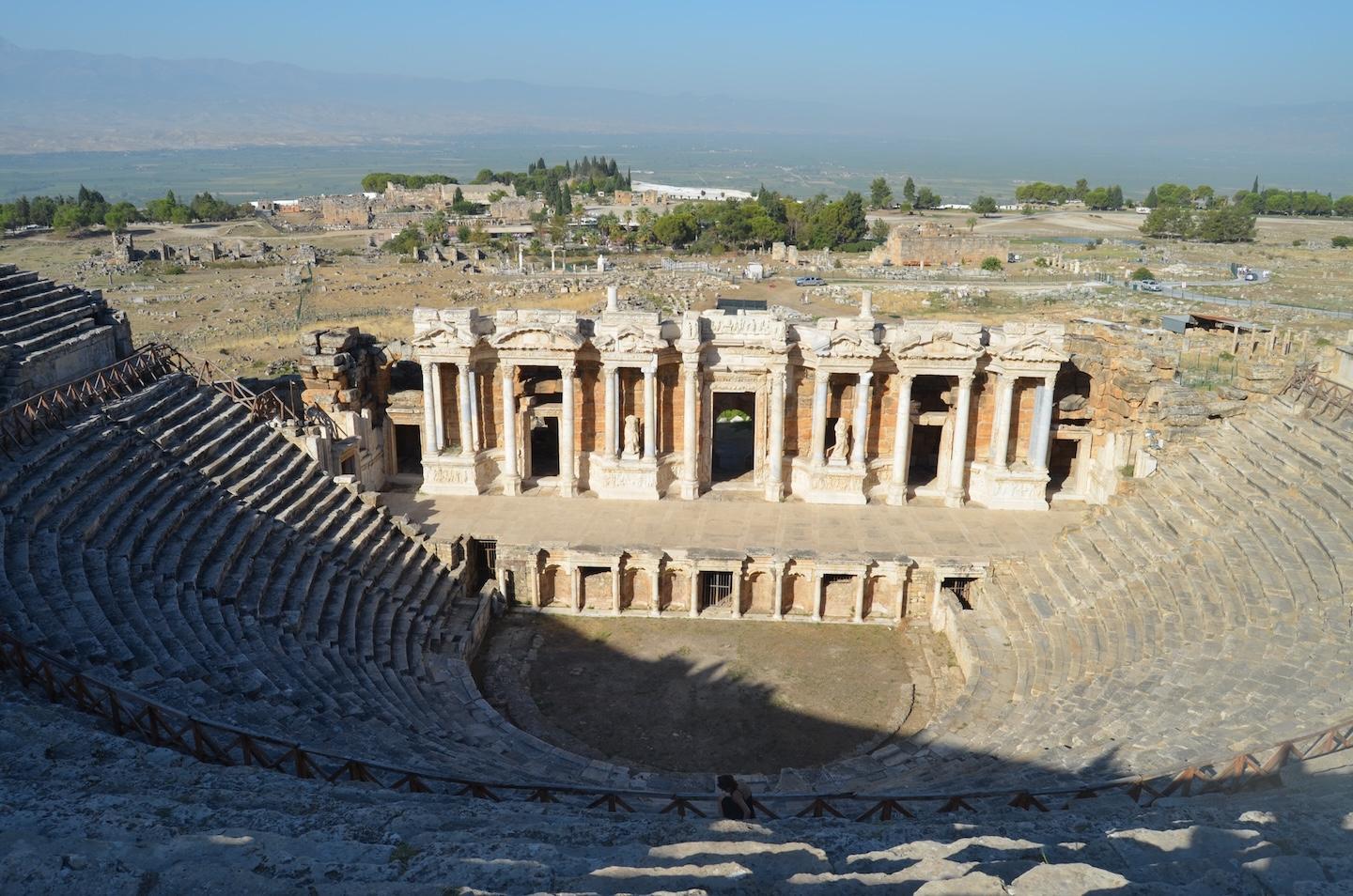
1.History
Hierapolis (modern-day Pamukkale) was an ancient city located in southwestern Phrygia, near today’s Denizli in Turkey. The city, about 10 kilometers north of Laodicea, was known for its hot springs, which have been used as a spa since the 2nd century BC. The natural thermal waters attracted many patrons seeking medical treatments, and the site eventually became home to a large necropolis, filled with tombs, including the Tomb of Marcus Aurelius Ammianos, famous for its depiction of an early crank and rod mechanism, and the Tomb of Philip the Apostle. In 1988, Hierapolis was recognized as a UNESCO World Heritage Site.
The city of Hierapolis was originally founded as a thermal spa by the Seleucids in the 2nd century BC. In 133 BC, the city became part of the Roman province of Asia. A major earthquake in 17 AD during the reign of Emperor Tiberius devastated Hierapolis, but it was soon rebuilt with Roman support. Apostle Philip is believed to have spent his final years here, with a Martyrium marking the spot where he was crucified around AD 80. Another significant earthquake in 60 AD, during Nero’s reign, led to further reconstruction in the Roman style, giving the city much of its present-day form.
The ruins of Hierapolis were first excavated by Carl Humann in 1887, and later in 1957, Italian archaeologists led by Paolo Verzone began a more thorough exploration. Much of the city, including the theater, was restored between 2004 and 2014. The theater itself, likely constructed during the reign of Hadrian after the earthquake in 60 AD, displays intricate sculptural reliefs and inscriptions, although it was damaged by yet another earthquake in the 7th century, contributing to the city’s eventual abandonment.
baths of Hierapolis
The great baths of Hierapolis, built around the natural thermal pools, were central to the city’s function as a health center during the Roman Empire. The baths, along with over 15 others, attracted people seeking healing from the warm waters. Since 1984, the Archaeology Museum of Hierapolis has been housed in these baths, containing artifacts from Laodicea, Colossae, and other nearby cities.
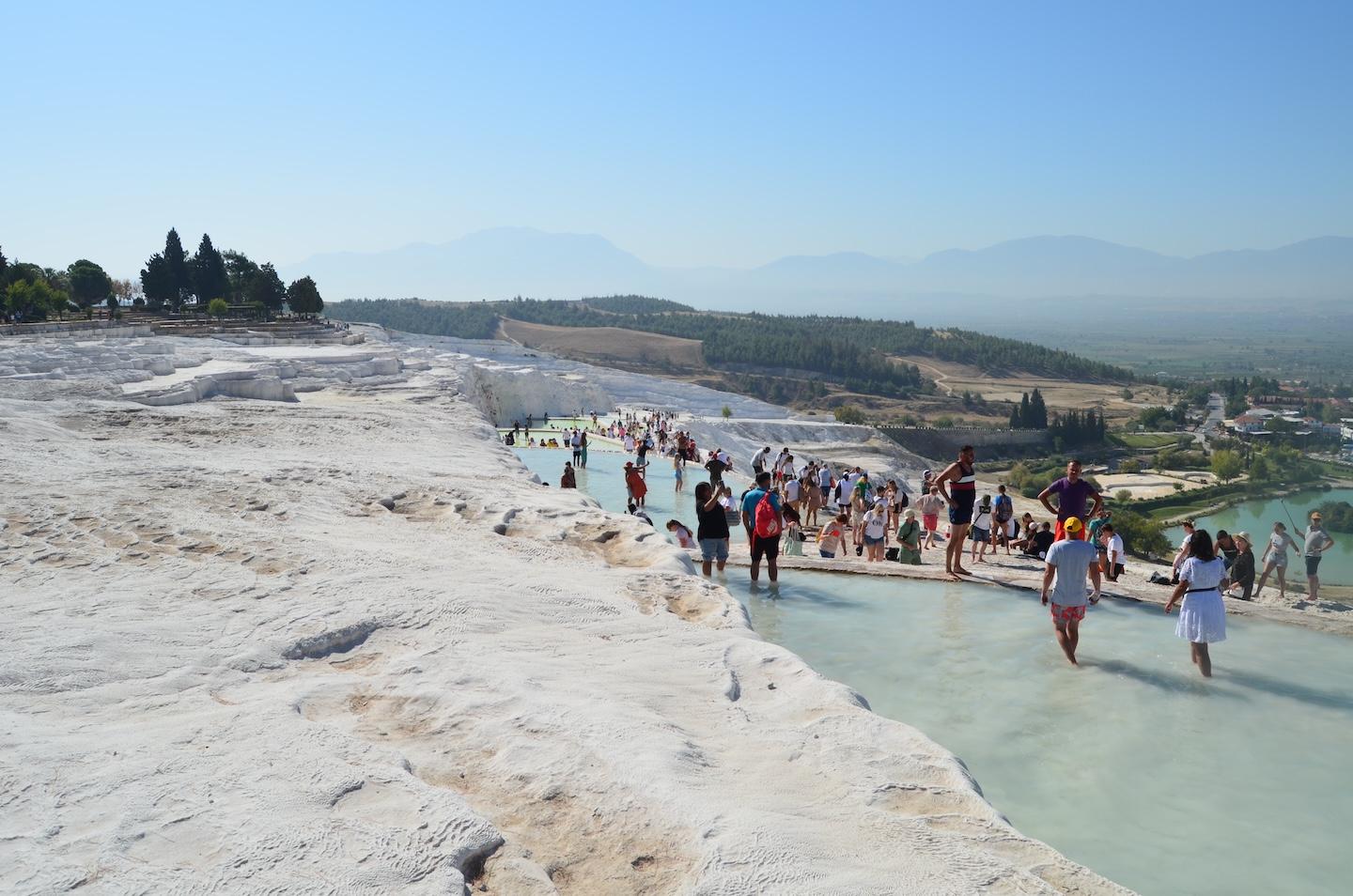
Today, the ruins of Hierapolis are noted for their impressive structures. Visitors can still see the Temple of Apollo, the theater, and the Necropolis, which is among the best-preserved in Turkey, with around 1,200 tombs dating from the Hellenic, Roman, and early Christian periods. Many tombs were constructed with local limestone, though some used marble, and they reflect the architectural diversity of the era. Apollo Lairbenos, the town’s principal deity, had a temple that was reconstructed in the 3rd century using stones from an older temple.
Hierapolis remains an important historical site, offering insights into ancient medical practices, religious traditions, and urban planning, with its grid-like layout, thermal baths, and sacred sanctuaries still visible today.
2.How to get there
Hierapolis is located near Pamukkale, about 20 kilometers from Denizli. To get to Hierapolis, you can take a bus from Denizli, which takes about 30 minutes. Taxis are also available from Denizli to Pamukkale. Once at Pamukkale, you can walk up to Hierapolis from the thermal terraces or take a short bus ride to the upper entrance.
3.GALLERY
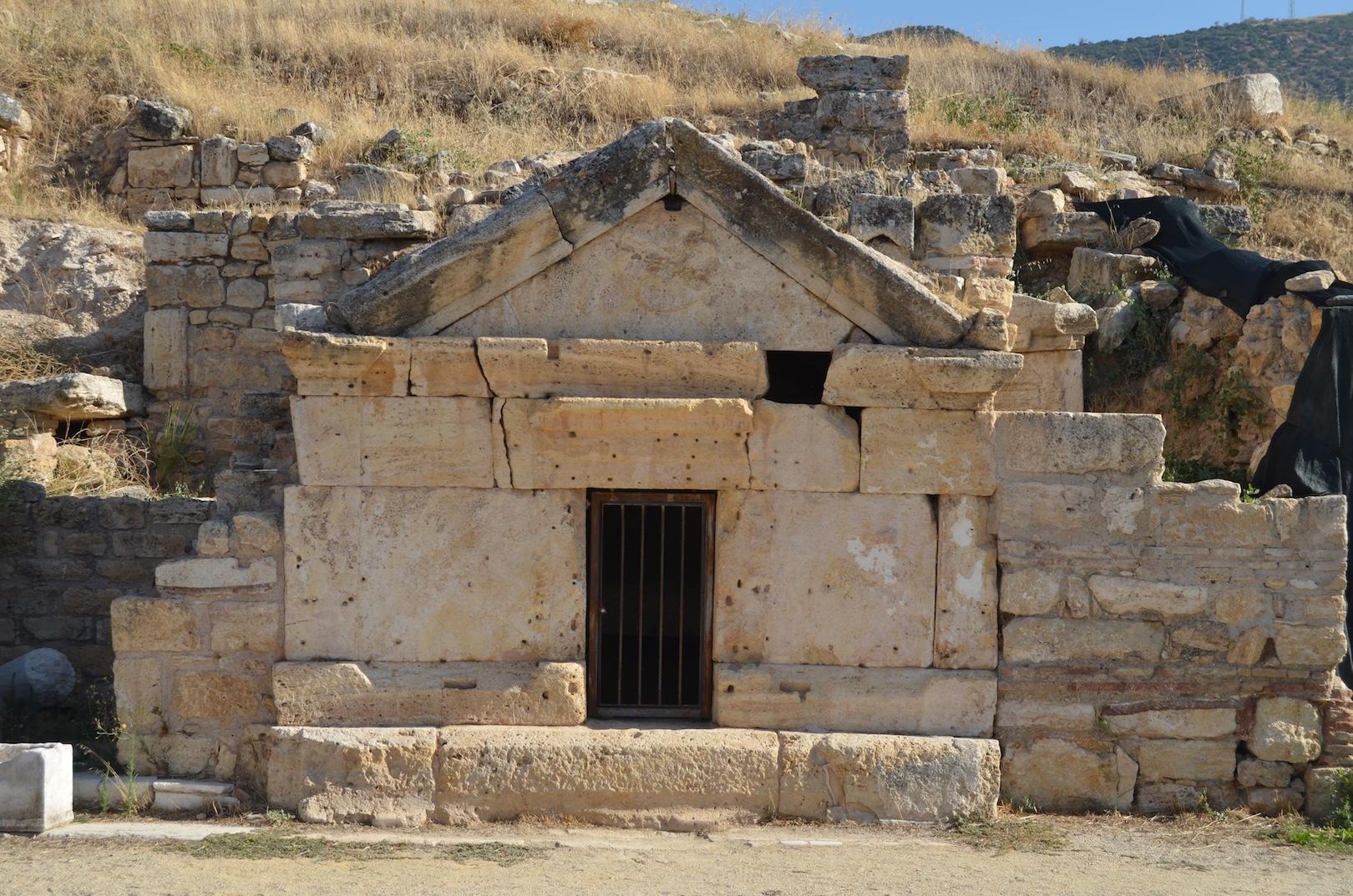
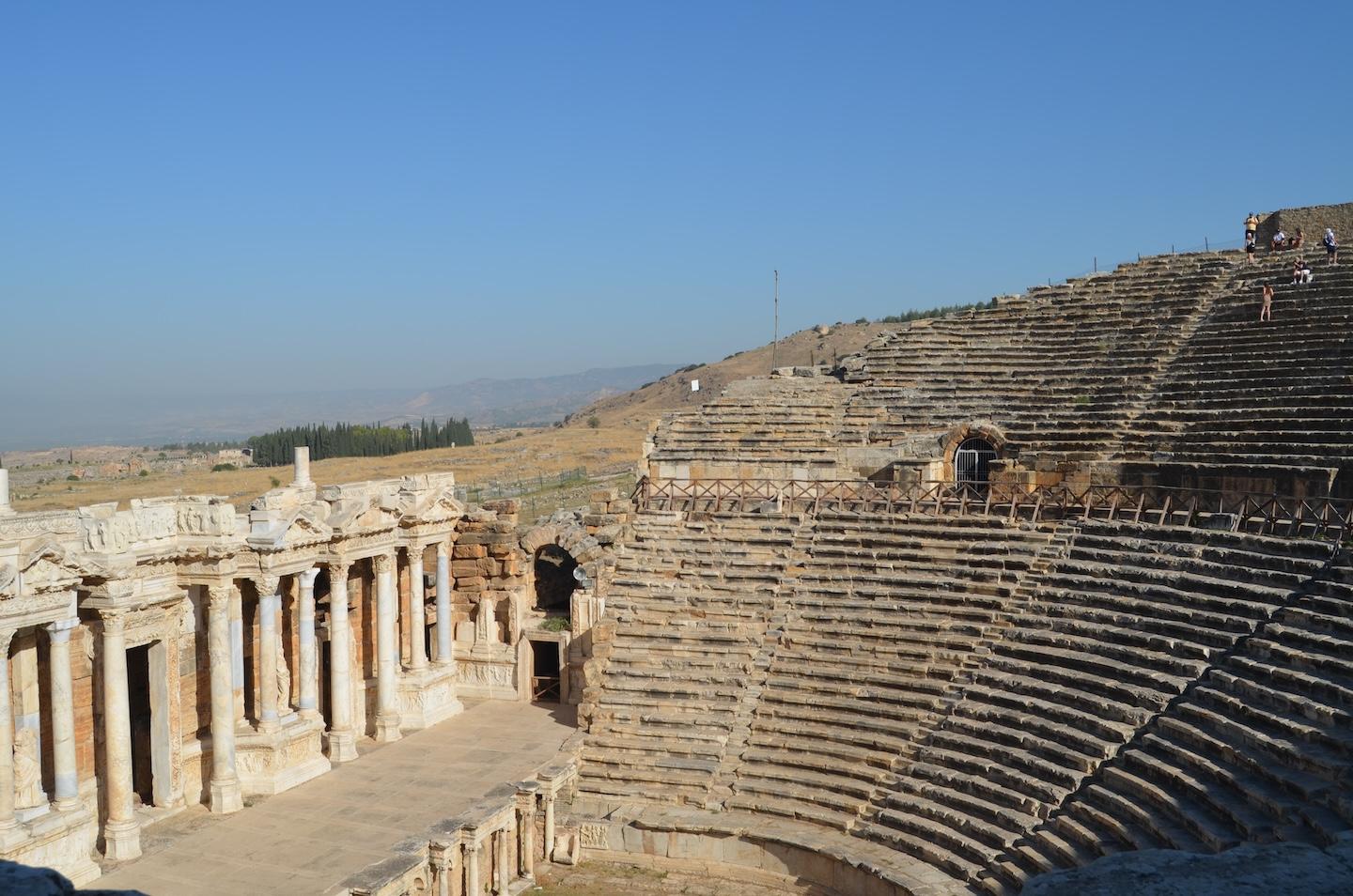
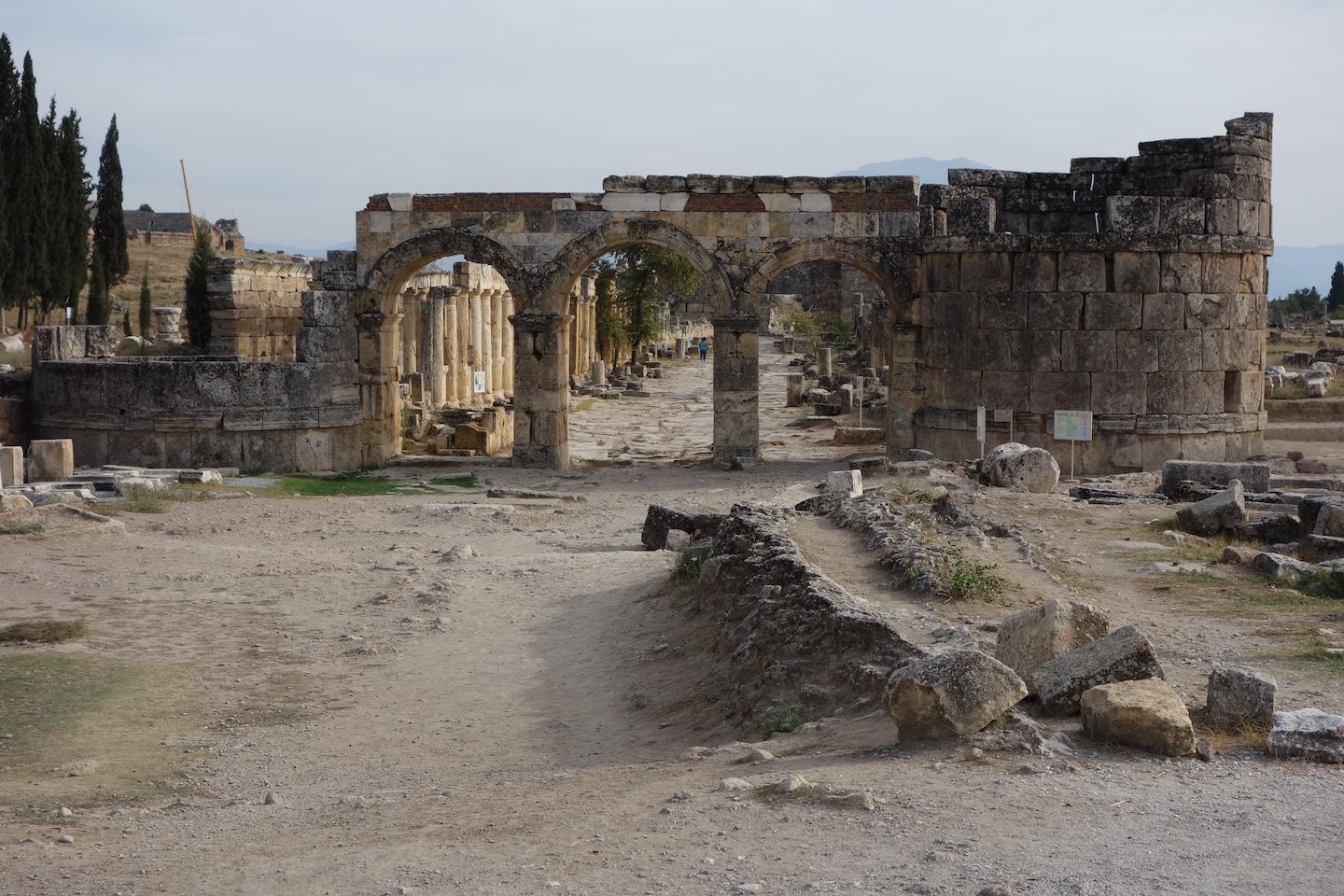
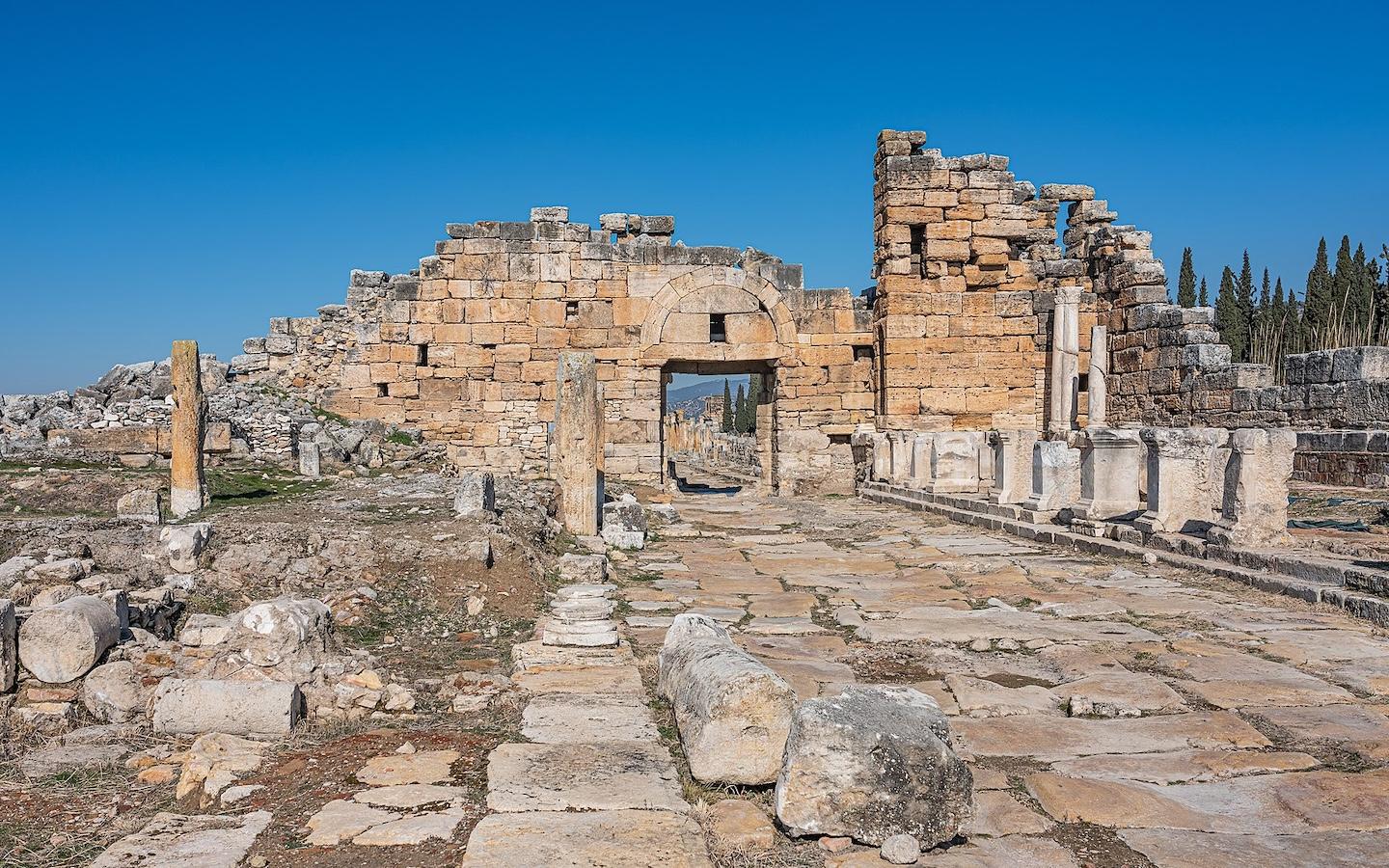
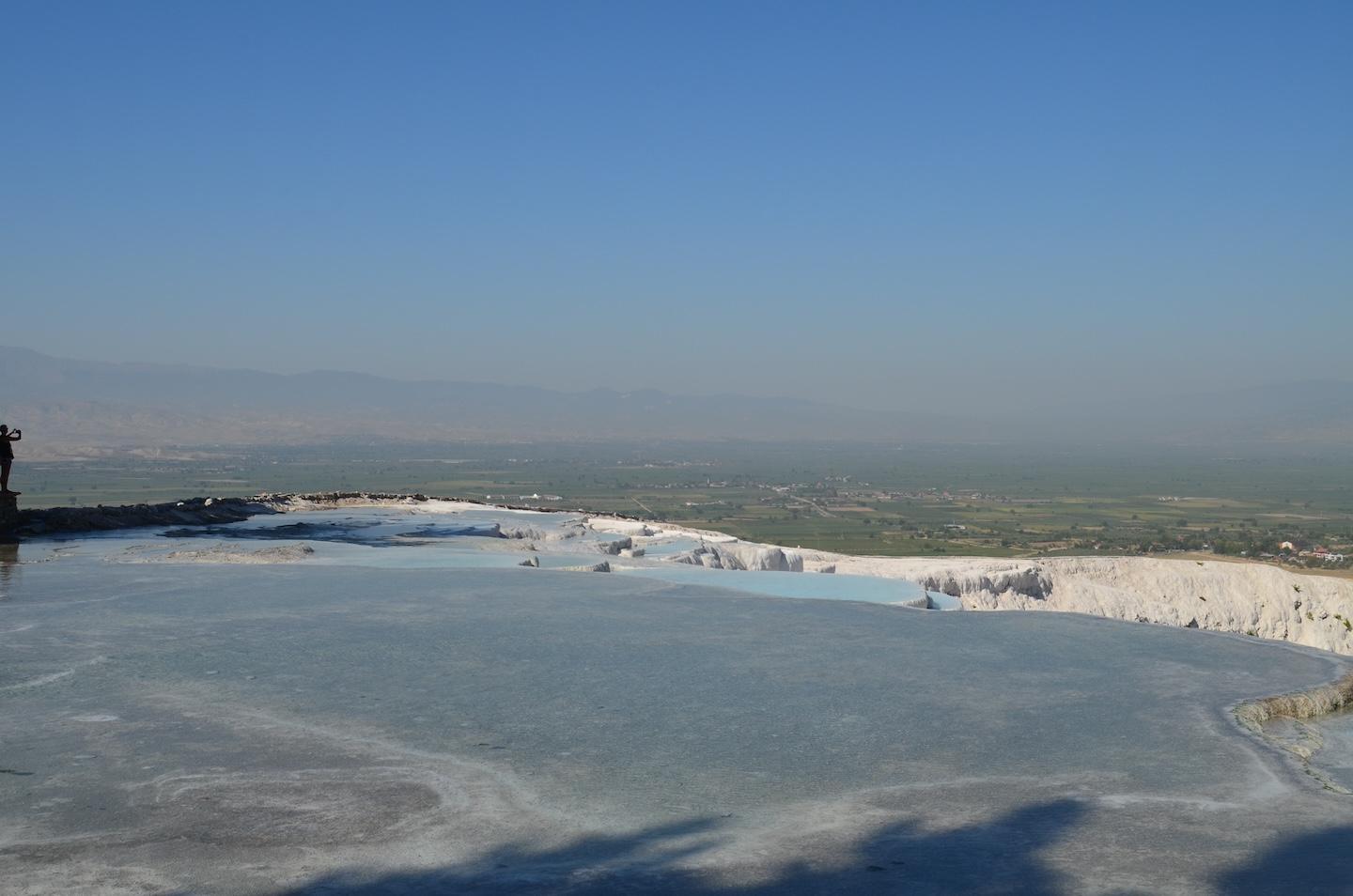

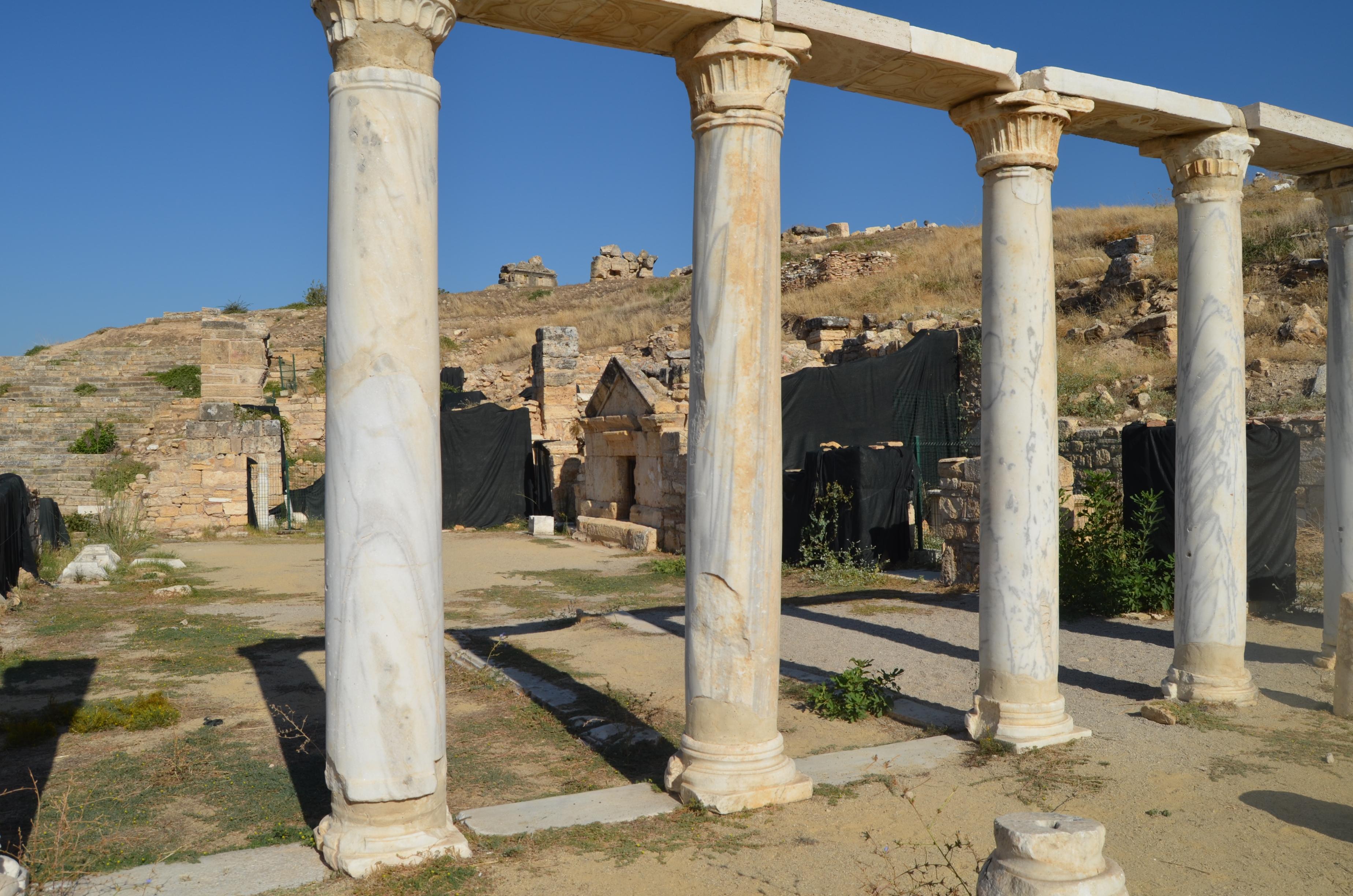
4.Explore Nearby Sites
You can also explore several nearby historical spots around Hierapolis. These close-by attractions offer further insight into the rich history of the region and are easily accessible for visitors wanting to extend their journey:



